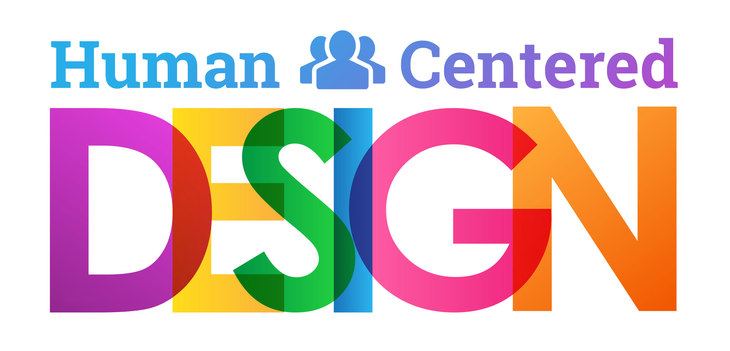Human-centered design, also called design thinking, is a process of design that incorporates feedback and iteration to create a product or system that is tuned to the needs of the community it serves. Design is more than fashion and interiors; it’s creative problem solving. Human-centered design is grounded in knowledge about users and it is collaborative, visual, and iterative. It is focused on empathy and optimism; harnessing this power allows designers to be more attuned to the needs of the community they are serving and not afraid of failure.
The human-centered design process starts with inspiration: immersion in a community, listening to the problems and challenges of that unique community, and opening your mind to creative possibilities. The most important part of the inspiration phase is the listening process. Human-centered design is first and foremost grounded in knowledge about its users. The collaborative process begins here by opening the pathways of communication between the users and designers.
The next step is the ideation phase: generating as many ideas as possible. Some will be viable, some won’t. The process of ideation includes refining, improving, and trashing ideas. After an idea is selected and honed, creating a simple prototype is next. Creating prototypes allow ideas to become tangible, and easily tested and tweaked based on feedback from the community of users.
The final phase is implementation.This stage is often dependent on building partnerships, shoring-up business support, and getting the final product or system into the world. The simple prototypes created to test out possible disruptions or failures in the product or system allow for a cheaper and more effective final product to be made. The final product of the human-centered design process is responsive to the community’s needs because it has been shaped by them from the beginning. Creating a responsive feedback-centered process that prioritizes the need of the community over anything else results in cheaper and simpler solutions.
Human-centered design can be used for more than just product design. CorpsAfrica’s volunteers go through human-centered design training to prepare them for creating their own programs. Applying the basics of human-centered design to policy and programming ensures that the programs are designed with the community’s needs in mind. This kind of community-focused programming is similar to community-led development. The human-centered design approach is all about community and people. Both processes encourage design from within communities to find innovative and creative solutions.
Pioneered by design firm IDEO, the Human-centered Design process is a useful tool for community-led development organizations and projects. There is a helpful and free online training toolkit for human-centered design at ideo.org.
Some instructive videos are here and here
Image courtesy of rubygarage.org


